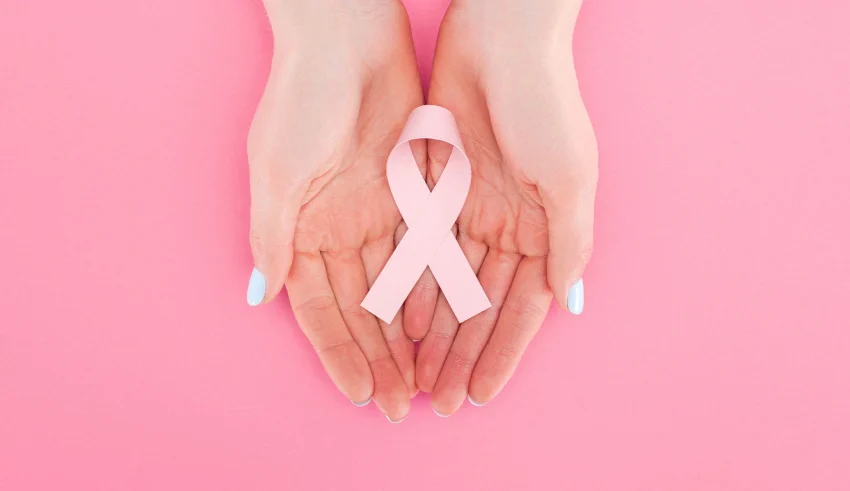
Breast cancer is the leading cause of cancer-related death in women worldwide. Regular screening for breast cancer with mammograms can reduce the death rate by 40%. Let’s take a look in this article from The Dermo Lab at the benefits of mammograms and the age at which most women start getting them.
What is a mammogram?
A mammogram is an x-ray used to detect breast cancer. Mammograms can detect the disease at an early stage, even years before any symptoms of cancer appear.
If detected early, treatment is much more likely to be effective. Detecting cancer at an early stage usually requires less intensive treatment or chemotherapy, making it more curable.
Studies have shown that people who have regular mammograms are 40% less likely to die from the disease within 10 years. They are also 25% less likely to develop advanced breast cancer.
There are two types of mammograms.
- A screening mammogram looks for signs of breast cancer before symptoms appear.
- A diagnostic mammogram looks for breast cancer in women who present symptoms. It is done if your screening mammogram was abnormal. It is also used to find an area of suspicious breast tissue to remove for a biopsy.
What are the benefits and risks of mammograms?
Mammograms can detect some breast cancers at an early stage when cancer can be more easily treated. Often, a mammogram can find cancers that are too small for your doctor to feel. Studies have shown that a small number of women who get a mammogram are less likely to die from breast cancer.
The risk of breast cancer increases with age. In general, women under age 50 have a lower risk of breast cancer. That’s why women between the ages of 50 and 70 are more likely to get a mammogram than women in their 40s.
Each time you have a mammogram, you will face many risks, such as those described below:
- The test may miss some breast cancers and some cancers found can be fatal, even with treatment.
- They can find cancers that will never cause a problem (called overdiagnosis). Some breast cancers are harmless and do not spread. You may have this type of cancer, but a mammogram cannot tell if it is harmless. Therefore, you may receive cancer treatment – including surgery, radiation, or chemotherapy – that you do not need.
- Mammography will briefly expose you to very small amounts of radiation. Although the risk of radiation exposure from a mammogram is small, it can increase over time.
When do experts advise starting mammograms?
For women at average risk for breast cancer, there is no easy answer to the question of when to start getting mammograms. Recommendations vary from one guideline to another. Ask your doctor what is best for you.
You are considered to be at average risk for breast cancer if you
- Have no personal or family history of breast cancer.
- Do not have a genetic mutation linked to an increased risk of cancer (such as the BRCA1 or BRCA2 genes)
- Have not had chest radiation therapy before age 30
For women at average risk for breast cancer, we mention the following guidelines:
- Women ages 40-44 should have the option to begin annual breast cancer screening with mammograms (breast x-rays) if they choose.
- Women ages 45 to 54 should have mammograms every year.
- Women 55 and older should have mammograms every 2 years or can continue annual screening.
- Screening should continue as long as the woman is healthy.
All women should be aware of the known benefits, limitations, and potential harms of breast cancer screening.
Recommendations for people at increased risk for breast cancer
In some situations, your health care provider may recommend screening before age 40. For example, women at high risk for breast cancer or with dense breasts should have a mammogram and breast MRI (magnetic resonance imaging) every year starting at the age of 30.
How do you know if you have a higher risk of developing breast cancer? Here are some of the main risk factors:
- You have had chest radiation therapy between the ages of 10 and 30.
- You have the BRCA gene or a strong family history of the disease.
- You have had breast cancer in your past
- You have a first-degree relative with one of the above conditions or a BRCA mutation.
- You have an increased risk of breast cancer in your lifetime.
What are the symptoms of breast cancer?
Some of the symptoms include:
- A lump or abnormality in the shape or feel of the breast
- A lump in the armpit area
- A generalized swelling of all or a part of the breast
- Irritation or dimpling of the breast skin
- Nipple retraction (nipple turning inward)
- Rash, redness, or scaliness on the nipple or breast skin
- Spontaneous nipple discharge
Take charge of your health and help reduce your risk of cancer
- Avoid all forms of tobacco.
- Achieve and maintain a healthy weight.
- Get moving with regular physical activity.
- Eat a healthy diet rich in fruits and vegetables.
- It is best not to drink alcohol. If you do drink, don’t exceed one drink a day.
- Protect your skin.
- Know yourself, your family history, and your risks.
- Get regular checkups and cancer screenings.
Last Updated on February 12, 2024









